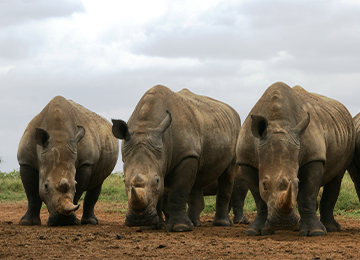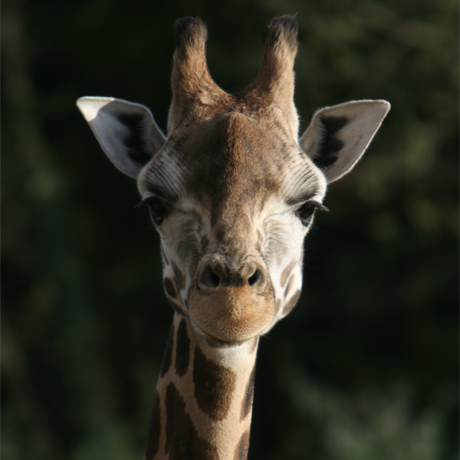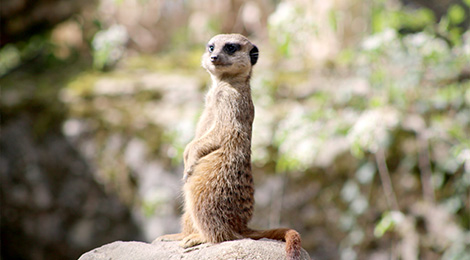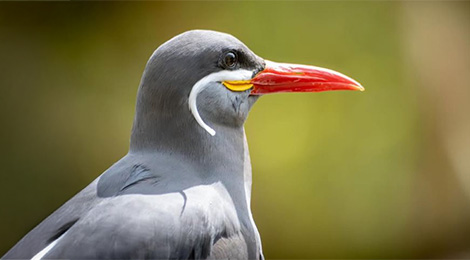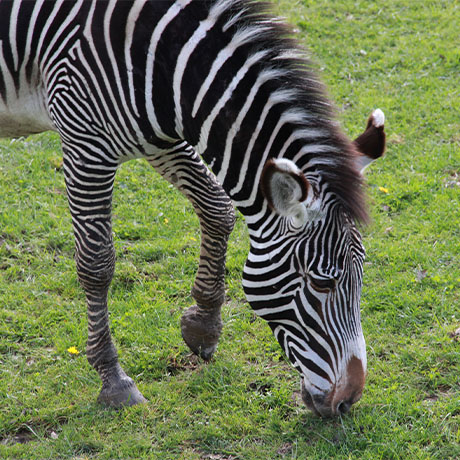Wide, the wide-mouthed rhino
The white rhino is the 2nd largest land mammal. It does not take its name from the color of its dress which is gray-brown but from the shape of its mouth but above all from a translation error. It has a broad, square mouth. In Afrikaans, "large" translates "wide", understood at the time in "white" which means "white". So they translated "wide-mouthed rhinoceros" into "white rhino".
The rhinoceros is hairless except at the tips of the ears and tail. Like the sense of smell, the rhinoceros has a very developed hearing, in particular thanks to its small ears that can be swiveled in all directions and always in motion. It has 2 horns which serves as a powerful weapon against predators and the rare fights between males. Mud, soil and water baths are very important, they allow it to get rid of dead cells and parasites. The mud creates a protective layer against sunburn and helps regulate its temperature.
Credit photo : Save the Rhino International
-
HabitatIt is found in Central Africa and South Africa especially in plains, wooded savannas and scrub areas.
-
Food
It feeds on low grass of the savannah.

The white rhino can reach 55 km / h over short distances. It is thanks to its 3 fingers on each leg allow it a very good grip in mud and sand.
A zoological reserve populated by Asian elephants, giraffes, lions, tigers, hippos, chimpanzees, gibbons, wolves, ostriches ... Animals evolving in their reconstituted natural environment, to discover as a family.
All animals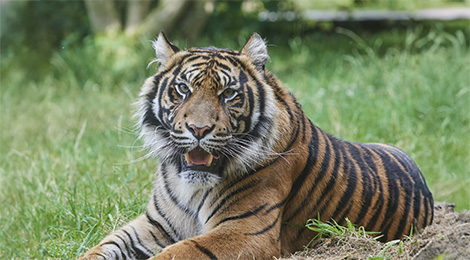
-
![]() Sumatran tiger Discover animal
Sumatran tiger Discover animal -
![]() Ostrich Discover animal
Ostrich Discover animal -
![Ela la girafe de Rothschild du parc animalier Le PAL]() Giraffe Discover animal
Giraffe Discover animal -
![]() Hippopotamus Discover animal
Hippopotamus Discover animal -
![]() Nyala Discover animal
Nyala Discover animal -
![Un suricate regardant la caméra au zoo Le PAL]() Meerkat Discover animal
Meerkat Discover animal -
![]() Inca tern Discover animal
Inca tern Discover animal -
![Gros plan sur un zébre de Grévy qui broute de l'herbe]() Zebra of Grevy Discover animal
Zebra of Grevy Discover animal -
![Calao terrestre de Leadbeater en plein vol au zoo Le PAL]() Southern ground hornbill Discover animal
Southern ground hornbill Discover animal



